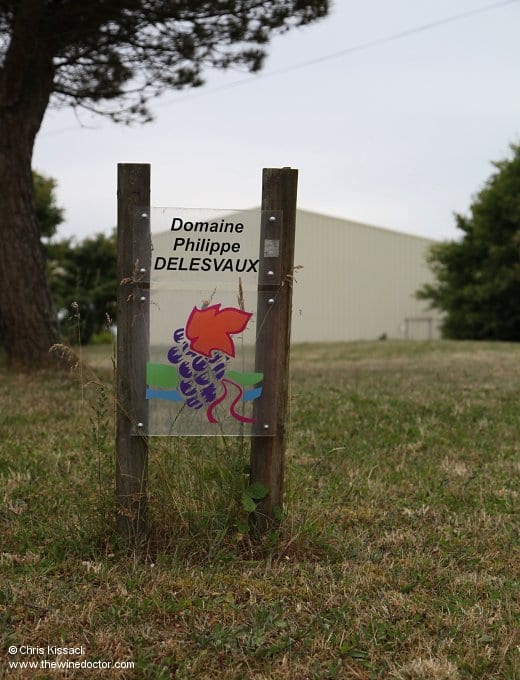Philippe Delesvaux: Wines
Once harvested, a process that involves several tries through the vineyard, the fruit is sorted and then fermented without chaptalisation, enzymes or added yeasts. Plot-by-plot and tri-by-tri vinification permits assembly into a number of different cuvées. Generalising, fermentation takes place in stainless steel and fibreglass cuves, with élevage in barrique with some bâtonnage if required. Philippe tends not to add sulphur dioxide during the fermentation, and bottles without fining.
The most significant wines produced here are the sweet wines, all of which possess the Coteaux du Layon appellation, so it makes sense to look at these first.
Although the range used to include two single-vineyard cuvées, this is no longer the case, although I will explain where these wines sat within the portfolio in a moment, in case you should encounter an older bottle (not at all unlikely). Otherwise, looking at the range according to the tri, the first picking of botrytised fruit gives what is usually the sweetest wine, of the highest quality, the Sélection de Grains Nobles. Thereafter the second tri, a blend of fruit from the Pavillon and Guiberderie vineyards, gives rise to Les Clos. It is typically a mix of 50% botrytised and 50% passerillé fruit, and so is less sweet than the wine from the first tri. After that a third and final tri of non-botrytised fruit is carried out, and this part of the harvest is all channelled into the Passerillé cuvée, the name obviously indicating that this wine depends on passerillage rather than botrytis for its sweetness.

Please log in to continue reading:
